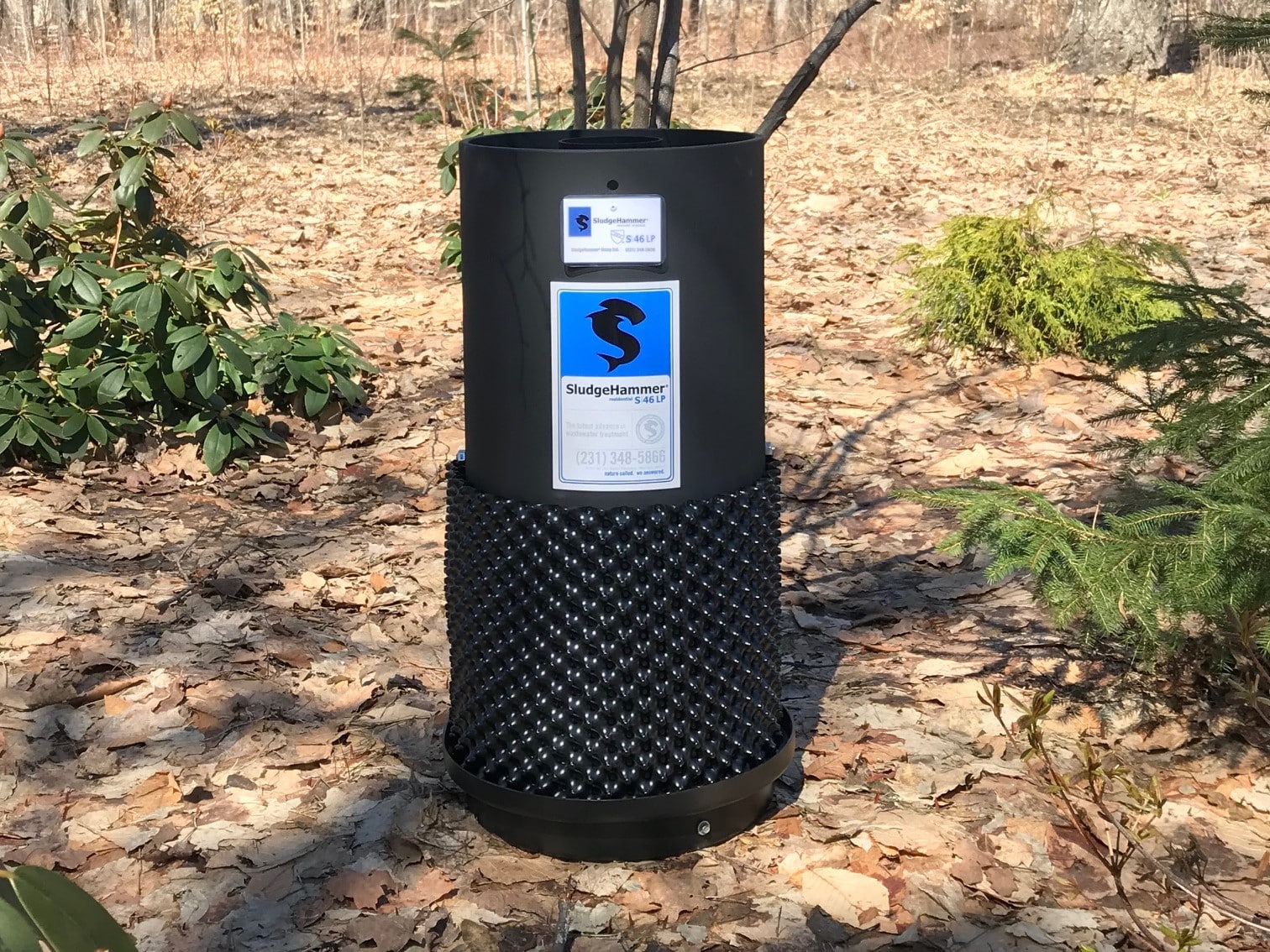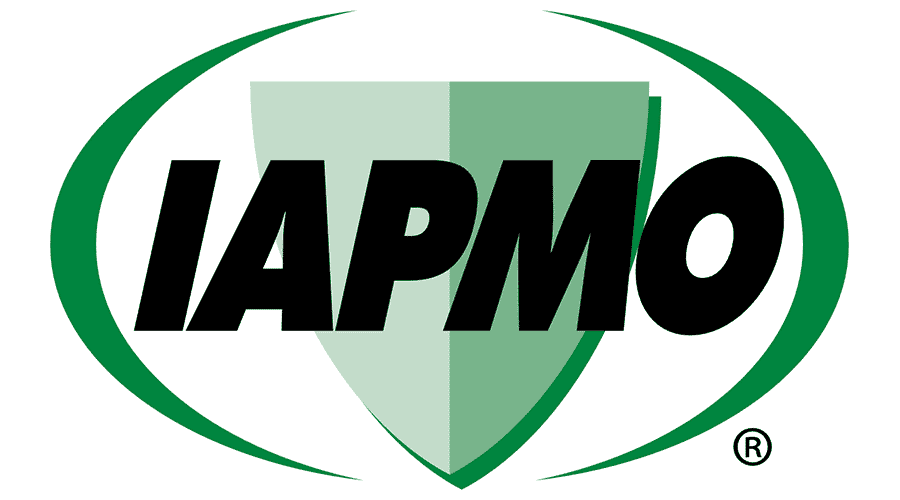Bacteria are probably the least understood, and certainly least appreciated organisms on earth. Aerobic bacteria are organisms that can only survive (and thrive) in the presence of oxygen. In order to understand how aerobic bacteria work within wastewater treatment, we first need to dive into what bacteria are and how they work both in the body and in residential wastewater treatment.
Bacteria and the Body
Humans seem to have an inordinate fear of these little guys, but, in many respects, we are just giant cargo ships for the thousands of species of bacteria that live in intimate association with us. Not only is our outside skin coated by hundreds of different types of bacteria, our insides carry over a thousand different species that do all kinds of jobs to keep us healthy. For us, the trick is to ensure that we have plenty of the “good” bacteria in and on us. “Good” bacteria are species of bacteria that act as the best defense we have against the few organisms out there that are actually dangerous. They consume dangerous bacteria and keep us healthy.
It is no accident that taking a course of antibiotics can disrupt our intestines. Antibiotics kill off all the bacteria in your system, there’s no way to target just the bad bacteria, so the good bacteria in your system get killed off too. Sometimes you can get pretty bad infections and there is no choice but to use antibiotics, but our society has completely gone over the top with its obsession with cleanliness. “Antibacterial” is omnipresent on our various cleaning products, but we need to be much more cautious about how we use these products.
Gut Bacteria and Waste Treatment
Our waste is full of bacteria, so, naturally, a sewer line or septic tank will also be full of them. We use bacteria to treat that waste, but when we consider the types of bacteria in the waste, it becomes pretty clear that virtually none of them are the type of organism that would be suited to “treating” waste. They are intestinal bacteria and when you think about where they live, inside warm-blooded animals, you realize they have some adaptations that make them probably the least suited for wastewater treatment.
First, bacteria that live in our gut have spent their entire existence at 98.6o F. When they hit the toilet, they literally go into temperature shock. These bacteria can’t operate at normal ambient temperatures. Second, these bacteria have co-evolved with us. We give them a warm home, and, in exchange, the bacteria pre-digest our food for us. They break large chunks down to smaller molecules that we can then absorb through our intestines. In a waste treatment system, we want bacteria to digest the organic waste all the way down to CO2 so it can escape as a gas. If they did that in your gut, not only would they be stealing your food, you would also be in constant pain from the gas. So, these bacteria have evolved to have very delicate appetites and we can keep them on board. Again, not what you want in a sewage digester.
Finally, gut bacteria live in a soup of enzymes and acids, so they have to secrete a mucus coating to protect their cell membrane. All bacteria do this, but gut bacteria secrete a lot more than other types of bacteria. This mucus is a problem that makes everything slimy. It goes out into the septic tank and then goes out into the soil where it clogs the pores. Over time, the leach trench can no longer soak away the effluent and it comes to the surface, right in your back or front yard.
Aerobic Bacteria in Nature
Gut bacteria are not ideal for waste treatment, they are only useful inside the body. There are, however, incredibly useful bacteria that can digest our wastes. Most of them live in the soil. The soil receives billions of tons of dead material every year in the form of leaves, grass, animal bodies, and any other organic material you can think of. These bacteria have big appetites, especially in temperate zones. Think of what happens in the forest. Each year during the summer, huge quantities of plant materials accumulate. The leaves fall to the ground and then are covered by snow. Nothing really happens all winter but as soon as spring comes and the snow-melt moistens the soil, spores of bacteria start to germinate. What happens is a race. The first ones to emerge get a head start. They grow by dividing and many of these species will divide every 30 minutes. The objective of these types of bacteria is to eat as much of the dead organic waste as possible, reproduce and use up the food, and then create spores to wait for the next year. The bacteria that do this the fastest win the evolutionary race.
There is another amazing feature in the ecology of these organisms. They need oxygen, and typically get it from O2 in the air, these are called aerobic bacteria. In the leaf litter you are also going to find the occasional pockets of space that are anaerobic, like a bunch of soaked leaves packed together, and there is no way for the bacteria to gather oxygen from the air. This is a problem for what we call “strict” aerobes, bacteria that can only use O2 that they harvest from the air, but many species of soil bacteria are what we call “facultative” species. They grow quickly with O2, that is harvested from the air, but if air and O2 is not available, they can get the oxygen they need from other compounds that have oxygen in their make-up, especially sugar molecules. The cellulose of the leaves is a long chain of sugar, and so is the mucus that causes problems in leach fields. The bacteria can break down these molecules to get the oxygen they need using the process of fermentation.
Fermentation isn’t quite as efficient as aerobic digestion, but half the carbons still get converted to CO2 and the rest become alcohols or esters, which are small molecules. The slimy, long chain of mucus molecules disappear and clogged soil opens up.
SludgeHammer Uses Aerobic Bacteria for Waste Treatment
We created the SludgeHammer so we could grow some of the best of these soil species inside a septic tank. If all you do is add the spores to the tank, the bacteria go into the anaerobic septic tank and never even germinate. With the SludgeHammer, we provide the oxygen that these spores need to get started. We also designed it so it would use the air to mix and pump the liquid in the septic tank through the column of the unit. Inside the ABG, we engineered a fixed film growth matrix to provide a refuge for the bacteria to attach and form a robust colony. The liquid entering the SludgeHammer carries with it the food that the bacteria need and, voila, the bacteria can grow in a septic tank.
Now we can send these bacteria out into the soil and clear out the clog, no mess, no fuss. Just biology working for us instead of against us. Aerobic bacteria are used to break down the waste to a point where the water can be safely reintroduced to the environment, and you never need to worry about your septic system getting clogged!
SludgeHammer products will help you get the best experience from your septic system. By installing a SludgeHammer, your septic system will be able to treat waste and wastewater more efficiently and effectively. If you want peace of mind when it comes to your septic system, trust SludgeHammer! Contact us today!






